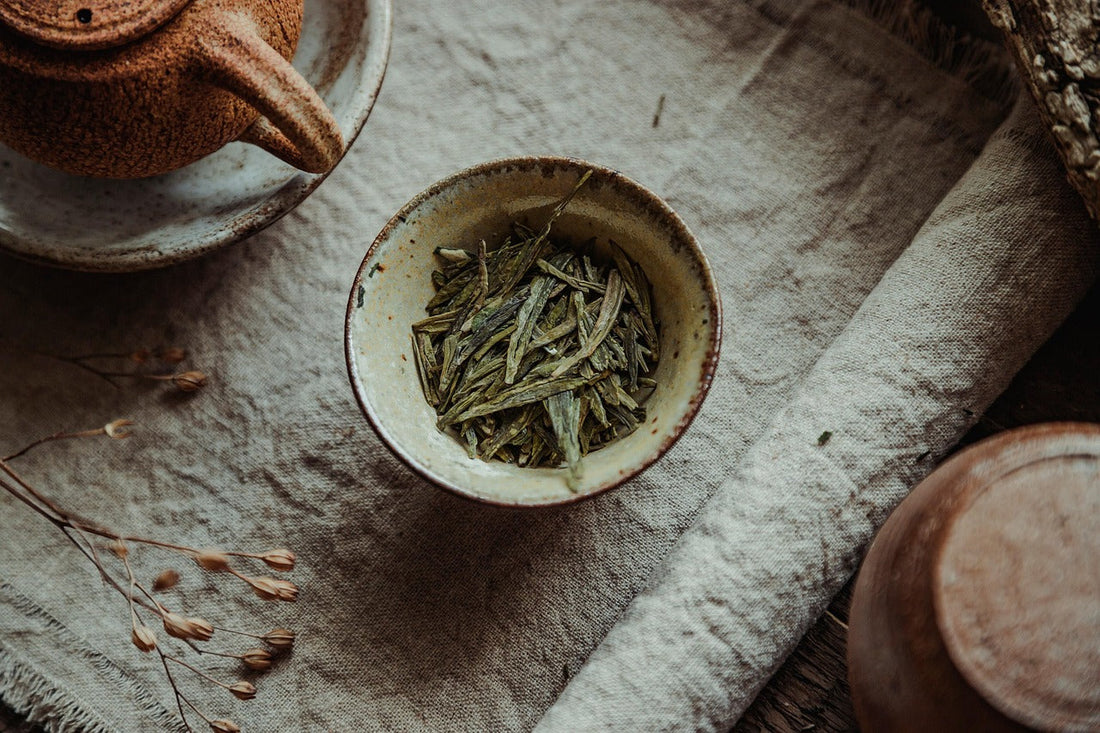
Does Tea Need to Be Rinse? — A Complete Analysis of Six Major Types of Tea
In Chinese tea culture, "washing tea" is a common practice. Before brewing, people quickly run hot water over the tea leaves and discard the initial infusion. This is done to remove dust, awaken the tea's essence, and help the leaves expand .
But not all teas need to be washed. In fact, for some teas, rinsing can actually strip away that first, most precious flavor. Let's look at the six major Chinese tea categories and see which teas require washing and which are best brewed directly.
1. White tea (not rinsed)
White tea is the simplest to brew, with the most tender buds. The first brew is the perfect showcase for its sweetness and floral aroma. This is especially true for Silver Needle and Aged Shoumei teas, where the first brew is often the "soul" of the entire tea.
Conclusion : Don’t wash the tea, the first cup is the most beautiful start.

2. Oolong tea (quick rinse)
Oolong tea, a tea between green and black teas, has firm, firm leaves and often needs to be quickly "awakened." A quick rinse with boiling water can stimulate the aroma. When brewing, it's recommended to pour water slowly along the sides of the pot to reduce bitterness.
Conclusion : A short wash and the flavor is better afterwards.

3. Green tea (not rinsed)
Green tea leaves are delicate, with a concentrated flavor that fades easily. They often become bland after just two or three steeps. High-quality green teas (such as West Lake Longjing and Biluochun) are freshly picked and clean.
Conclusion : There's no need to rinse the tea. Gently brewing it directly with water at around 80°C will preserve the freshness of the tea.

4. Black tea (not rinsed)
The essence of black tea is concentrated on the surface, and the first brew is the peak of aroma and flavor. Rinsing will waste the most wonderful brew.
Conclusion : There is no need to wash the tea. The first batch of tea soup is bright in color and has a strong aroma, which is the essence.

5. Black tea & Pu'er tea (needs to be washed)
Dark tea and Pu'er tea are often aged or compressed. Due to their long storage, they inevitably accumulate dust and stale flavors. Rinse the tea once to remove impurities and restore its character. For compressed tea, a quick rinse is sufficient. For aged dark tea/aged Pu'er tea , two rinses are appropriate.
Conclusion : Rinse at least once and start the real tasting stage from the second brew.

6. Yellow tea (not rinsed)
Yellow tea is lightly fermented, with delicate tea buds, and the first brew has a precious sweetness. If rinsed, the flavor will be diluted.
Conclusion : Don't rinse the tea. Gently rinse it with hot water at around 85°C to preserve its unique sweet and mellow taste.

Summarize
Tea that needs to be washed : Oolong, black tea, Pu'er
No need to wash tea : green tea, black tea, yellow tea, white tea
When tasting tea, you might want to pay more attention to the changes in the first tea soup. It not only determines the layers of flavor, but also reflects the personality of the tea.
